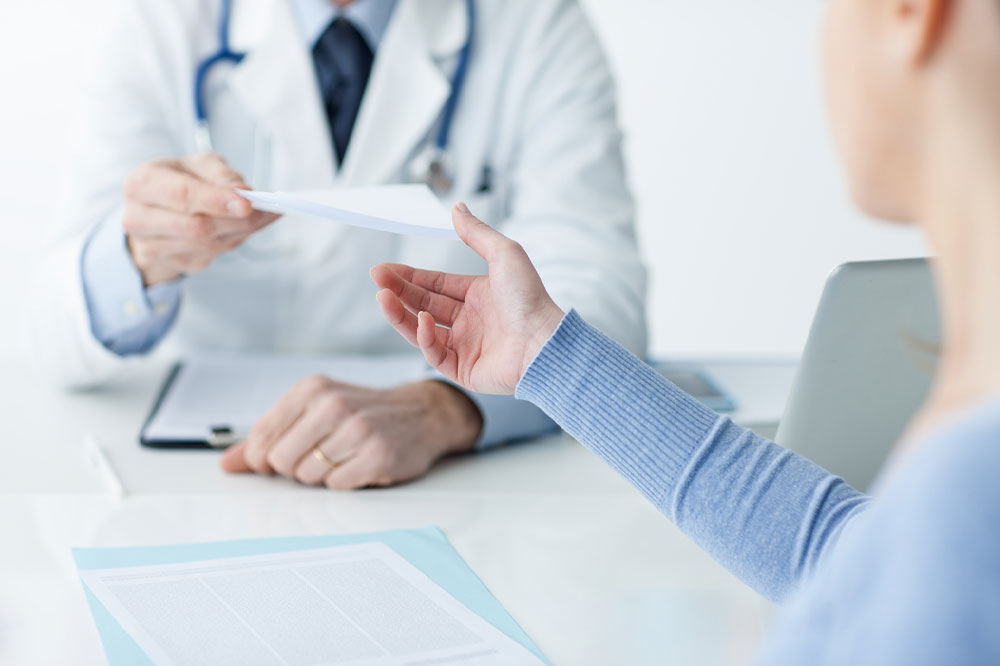Everything One Needs to Know About Eczema

Eczema is a skin condition involving persistent itchiness and roughness, typically culminating in skin flakiness and blisters. According to research data, about 10% of the population in the country is affected by eczema. While eczema commonly affects infants and children, it is also prevalent among adults, and the symptoms vary based on age and medical history. This article describes eczema in detail, elaborating on its causes, symptoms, common interventions, and general lifestyle tips.
What causes eczema?
Hereditary factors
Heredity significantly contributes to the development of eczema. According to a 2015 study, individuals with family histories of eczema were 75% likely to inherit the condition. Moreover, studies have demonstrated that mutations in CARD11, the gene governing the healthy functioning of the lymphocytes, are primarily responsible for eczema.
Cold climatic conditions
Individuals living in colder climates and less humidity are more likely to experience skin dryness, increasing their susceptibility to eczema.
External irritants
Some external irritants like detergents, soaps, fabrics with rough textures, etc., can affect the skin and increase the likelihood of developing eczema flare-ups.
Long baths and excessive exposure to water
Long showers and staying in water bodies like swimming pools for long hours can also irritate the skin, particularly skin types that are already sensitive, contributing to eczema.
Symptoms of eczema
Rashes
Rashes typically develop on the hands, feet, behind the knees, and wrists of patients with eczema. They typically alter the skin pigmentation and turn flaky and itchy over time.
Dry skin
Individuals with eczema often experience dry skin due to a lack of moisture. Although dry skin does not cause eczema, it can contribute significantly to eczema flare-ups.
Nausea and stomach conditions
Sometimes, eczema and skin flare-ups may trigger stomach issues like nausea and gastrointestinal infections, sometimes accompanied by irritable bowel syndrome, constipation, diarrhea, and food-based allergies.
Skin swelling and discoloration
The skin typically swells and loses its pigmentation due to the rashes and bumps that develop due to eczema.
Scaly patches
Patches often occur on different parts of the body, turning flaky and dry over time. These patches are typically accompanied by itching, causing severe discomfort.
Types of eczema
Atopic dermatitis
Atopic dermatitis is the most common type of eczema and often develops during childhood. It usually begins with patches on the skin, which become flaky, dry, and inflamed over time. Scratching these patches can worsen the skin condition, leading to a condition known as lichen simplex chronicus (LSC).
Dyshidrotic eczema
This condition is characterized by itchy bumps or blisters on the hands and feet. These blisters sometimes swell, fill up with pus, and burst upon scratching, releasing fluid. The bumps may also become infected, causing further pain and discomfort. Contact with irritants like specific soaps and detergents, as well as exposure to nickel and cobalt, can trigger this type of eczema.
Contact dermatitis
Contact dermatitis occurs when one comes in contact with irritants, leading to the outbreak of rashes and inflammation. Contact dermatitis can be bifurcated as irritant contact dermatitis and allergic contact dermatitis. Irritant contact dermatitis results from contact with irritants such as certain soaps and shampoos, hair dyes, cement, solvents, etc. In contrast, allergic contact dermatitis is caused by exposure to glues, adhesives, dyes, and metals like nickel and cobalt.
Nummular eczema
Nummular eczema, or discoid eczema, involves round, itchy patches of skin on the arms, torso, and lower legs. This eczema is often caused by skin injuries, bacterial infections, cold climatic conditions, insect bites, etc.
Asteatotic eczema
Individuals above the age of 60 are typically affected by this condition, which involves progressive skin dryness with age. While it often occurs on the lower legs, it may also affect other body parts. Itchy, sore, cracked skin and red cracks are the most common symptoms of asteatotic eczema.
Varicose eczema
This condition is common among individuals with varicose veins. Cracked skin, itchy blisters, skin discoloration, and skin thickness are some common varicose eczema symptoms. Frequent scratching of the skin can worsen the condition.
Common treatment options for eczema
While several treatment options are available for eczema, the recovery rate largely depends on the person’s age, immunity, and accompanying medical conditions. Some common interventions for eczema include:
Antihistamines and hydrocortisone creams
Hydrocortisone acetate is proven to relieve swelling, itching, and skin redness, while antihistamines are recommended for allergy treatment. These are over-the-counter products that can considerably reduce the symptoms of eczema and soothe the skin.
Moisturizers
Dermatologists often recommend moisturizers to patients with eczema to facilitate moisture and help with the recovery process. Products comprising urea, lactic acid, petroleum jelly, etc., can provide comfort and relief.
Wet bandages or gauzes
Wet gauzes, bandages, etc., can reduce skin itching and expedite recovery for patients with eczema.
Lifestyle tips for patients with eczema
Maintain personal hygiene
Personal hygiene is the cornerstone for a speedy recovery from eczema. It is best to engage in brief showers of 10-15 minutes, ensuring that the body is not exposed to water continuously. Moreover, scathing hot water can irritate the skin and should be avoided. Invest in towels made of smooth fabric such as cotton or bamboo fiber.
Invest in a good moisturizer
Moisturizing your body is critical to eliminating eczema, as skin dryness is one of the primary causes of this condition. Typically, doctors recommend specific moisturizers that individuals with eczema must apply regularly. Moisturizers made with ingredients like oat, shea butter, aloe vera, vitamin E, etc., are most effective for the eczema-prone body.
Watch your food intake
Many patients with eczema are allergic to milk and milk products. In such cases, dairy should be eliminated from one’s meal plan. The food intake should consist of nutritious, anti-inflammatory foods like leafy greens; varieties of fish that are rich in omega-3 fatty acids; foods rich in flavonoids, such as tomatoes, red peppers, and citrus fruits; and probiotic-rich foods like yogurt (in case of no allergy to dairy) and sauerkraut.






